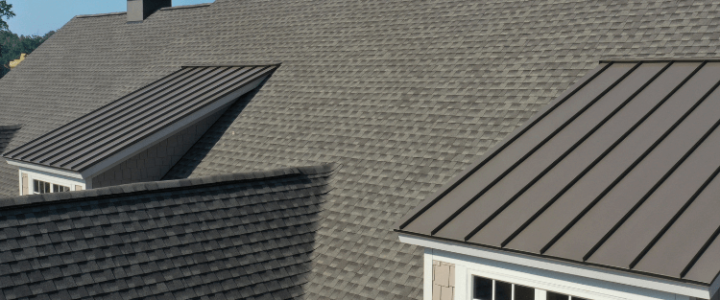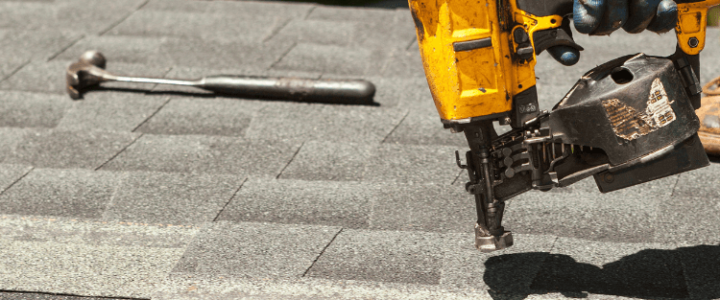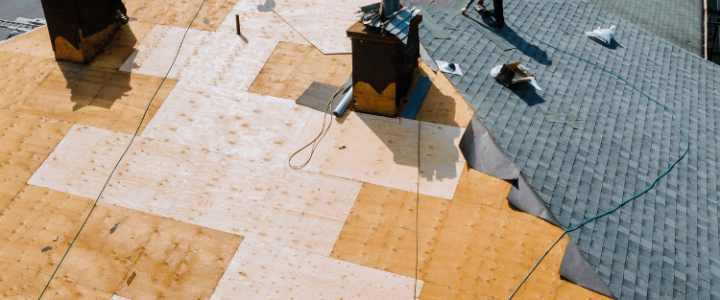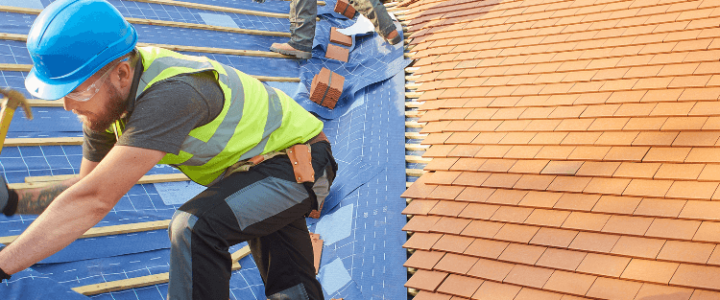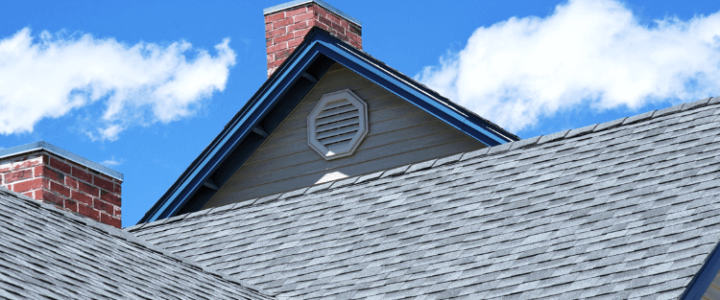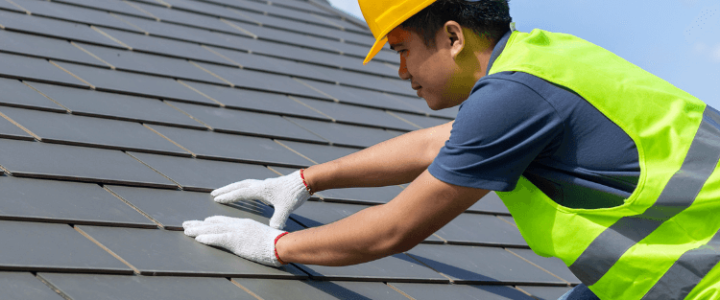Kansas City, known for its rich history, vibrant culture, and iconic jazz music, is now making headlines in the roofing industry. The city’s renowned Kansas City Roofing has recently formed a strategic partnership with Bell County Roofing, a name that resonates with quality and trust in its own right. This collaboration promises to bring unparalleled roofing services to customers in both locations.
A Tale of Two Titans
Kansas City Roofing has been a staple in the community for years. With a reputation for quality craftsmanship, durable materials, and top-notch customer service, they’ve been the go-to choice for many homeowners and businesses in the Kansas City area. Their commitment to excellence and innovation has made them a household name.
On the other hand, Bell County Roofing has been serving the Bell County region with the same dedication and passion. Their expertise in handling the unique weather conditions of the area, combined with their use of state-of-the-art materials, has earned them a loyal customer base and accolades in the industry.
Why Partner?
In an era where collaborations are becoming the norm, it’s no surprise that these two giants decided to join forces. But what’s the driving force behind this partnership?
- Shared Values: Both companies prioritize customer satisfaction, quality work, and community engagement. By coming together, they can leverage each other’s strengths and deliver even better results to their clients.
- Expanded Reach: This partnership allows both companies to expand their service areas, offering more residents access to top-tier roofing services.
- Resource Sharing: From manpower to materials and technology, pooling resources ensures that every project is executed efficiently and to the highest standards.
What This Means for Customers
For residents of both Kansas City and Bell County, this partnership is a win-win.
- More Options: With the combined expertise of both companies, customers can expect a wider range of services and solutions tailored to their specific needs.
- Faster Service: With more hands on deck, project timelines can be reduced, ensuring that roofing issues are addressed promptly.
- Consistent Quality: No matter where you are – in the heart of Kansas City or the serene landscapes of Bell County – you can expect the same high-quality service that both companies are known for.
Looking Ahead
As Kansas City Roofing and Bell County Roofing embark on this new journey together, the future looks bright. With shared goals, values, and a commitment to excellence, this partnership is set to redefine the roofing industry in both regions.
For homeowners and businesses alike, this collaboration is a testament to the fact that when industry leaders come together, the only way is up. Whether you’re looking to fix a minor leak or undertake a major roofing project, you now have two of the best in the business, working hand in hand, ready to serve you.
In the ever-evolving world of roofing, Kansas City and Bell County have shown that together, they’re not just covering homes – they’re building a legacy.

